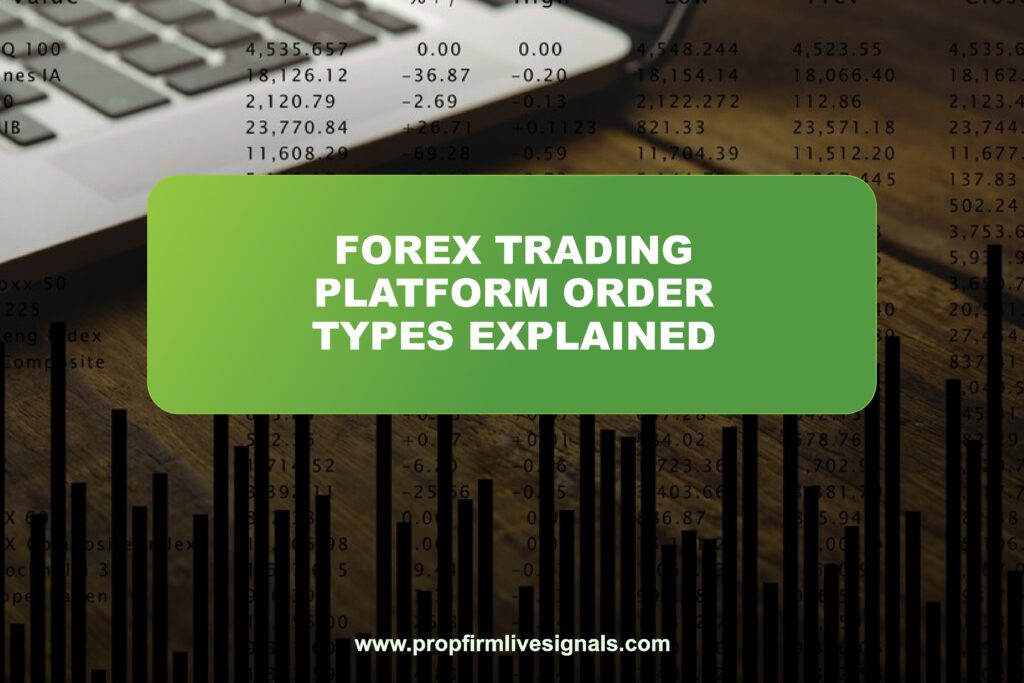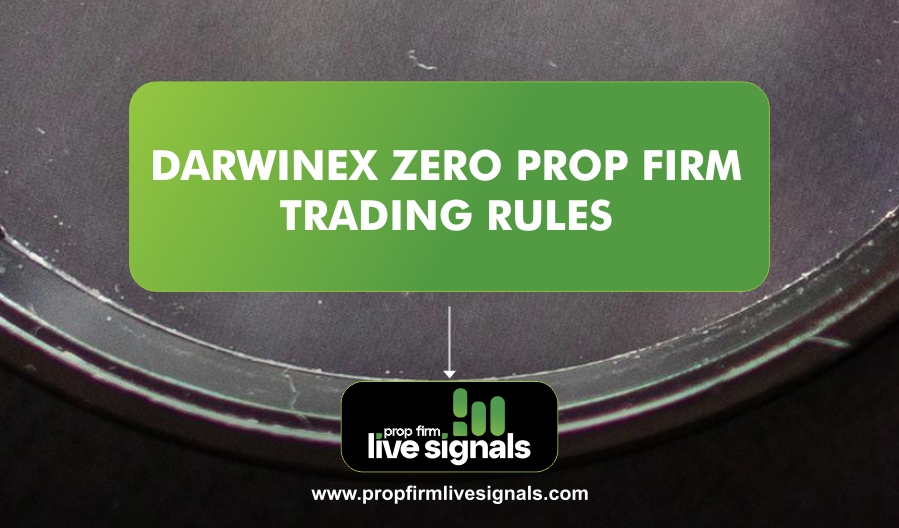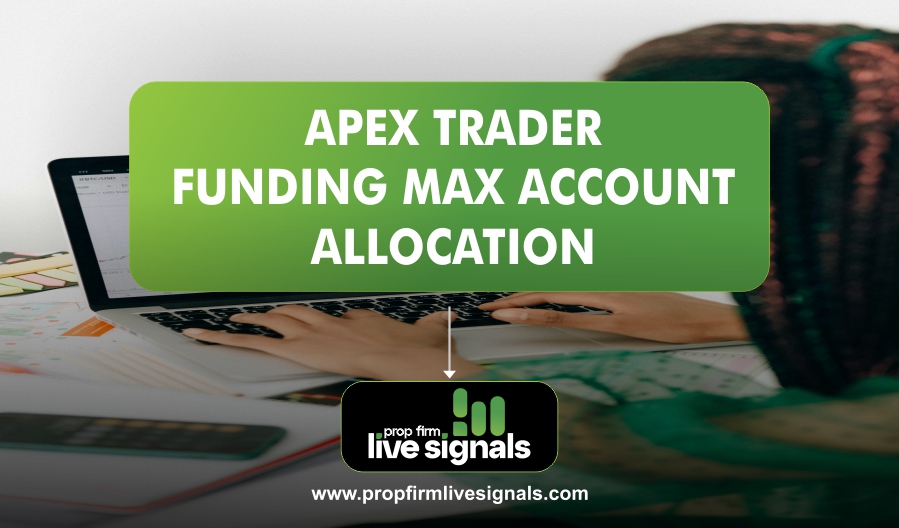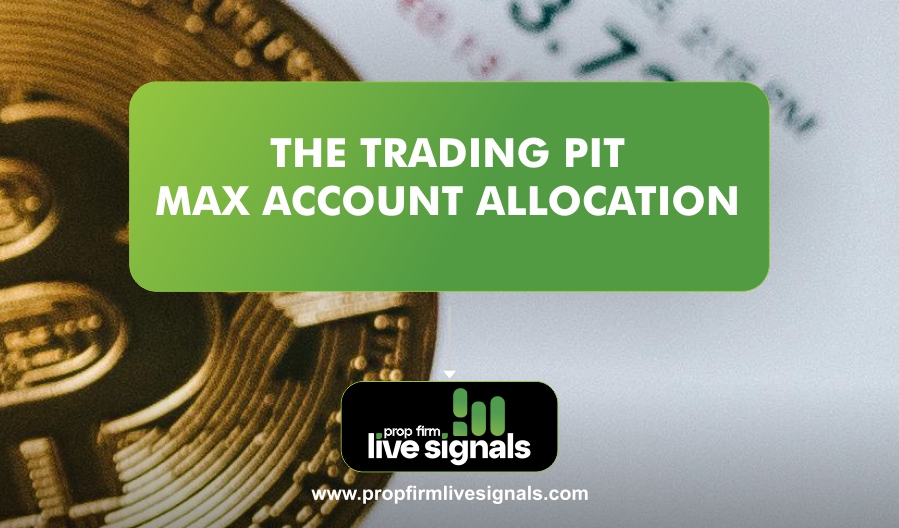Whether you are a complete novice stepping into this vast financial market or a seasoned trader honing your strategies, the idea is to understand the various order types available on trading platforms. Why? Because your ability to use order types effectively directly impacts your risk management, trading efficiency, and overall profitability.
It matters when in Forex trading where precision and timing mean the world knowing which is the right order to execute given certain market conditions.
In this guide, we will go over the major order types used on foreign exchange trading platforms in more detail: market orders, limit orders, stop orders, and more advanced variants such as trailing stops, and One-Cancels-the-Other (OCO) orders.
Along the way, we’ll discuss the advantages, their potential pitfalls, and practical uses so you are making an intelligent choice every time you trade.
Forex Trading Order Types
In forex trading, an “order” is an instruction given to your broker for the execution of a trade. The type of order placed ensures how and when the trade will be executed.
The Forex trading platforms, including but not limited to MetaTrader, cTrader, and proprietary broker platforms, offer various order types categorized into basic and advanced orders, respectively.
1. Market Orders: Immediate Execution
A market order essentially instructs your broker to buy or sell a currency pair immediately at the best available price.
It is fast, simple, and ideal for traders needing instant execution. However, market orders may be subject to price slippage, especially in volatile markets.
2. Limit Orders: Targeted Precision
A limit order gives traders the opportunity to set a particular price that they intend to buy or sell a currency pair at. Buy limit orders execute at the limit price or lower, while sell limit orders execute at the limit price or higher.
Limit orders can be helpful in giving control over entry and exit points but may cause the trader to miss an opportunity if the market doesn’t reach that price.
3. Stop Orders: Market Movement Triggered Events
Stop orders are typically triggered once the market has reached a certain price threshold. This includes stop-loss orders, which automatically close out a position to limit loss, and stop entry orders, which start a trade once the price has moved through a pre-defined barrier.
While these stops are good for risk management, they can be subject to slippage in volatile conditions.
4. Trailing Stop Orders: Adaptive Protection
A trailing stop order is the kind of adaptive stop-loss order that moves with the market. It keeps fixed distance from the current price, ensuring a part of the already earned profit and continuing further potential profits.
However, in case of sudden fluctuations in the price, the stop may prematurely trigger it, and it demands deeper knowledge for its effective work.
5. OCO Orders: One-Cancels-the-Other
One-Cancels-the-Other (OCO) orders combine a limit order and a stop order. If one order is executed, the other is automatically canceled.
OCO orders are efficient for managing risk and profit-taking but require careful planning to align with trading strategies.
6. Good ‘Til Canceled (GTC) Orders: Persistence Over Time
GTC orders stay active until they are manually canceled. It is suitable for traders who want to keep a trade setup for an extended period without constantly re-entering the order.
Key Things to Consider with Forex Order Types:
Market Conditions:
The kind of order you will be using should correspond to the current market conditions. In highly volatile markets, for instance, market orders are faster but at the risk of slippage, while limit orders may allow you to wait for an improved price but might not be executed if the market does not reach your price.
Trading Strategy:
Your order type should reflect your trading strategy. For example, if you are a scalper, you might prefer market orders for quick execution, while swing traders may use limit orders to capitalize on price movements at specific levels.
Traders focused on protecting profits may favor trailing stops to lock in gains as the market moves in their favor.
Risk Management:
Proper risk management is necessary, and stop-loss together with trailing stop orders can be helpful in protecting your capital.
A stop-loss order automatically closes a position when it moves against you, hence limiting your losses, while trailing stops allow you to ride the profitable trends but safeguard your profits from market reversals.
Platform Familiarity:
Each trading platform may have slightly different features or terms for what constitutes order types.
A good understanding of your particular platform’s order system helps ensure that you are employing the correct tool for the right trade, especially when advanced functionalities such as OCO orders or GTC orders are involved.
Knowing your platform can also include how to optimize your trades to take advantage of any unique functionality in placing orders.
Want to take your trading to the next level?
Take advantage of our LiveSignals, your go to resource for dependable, real-time trading signals, you can eliminate uncertainty from trading.
Propfirmlivesignals is the answer to your constant success in the markets!
You will always be on top of your game with expert analysis and real-time updates. Never let this chance slip away to supercharge your trading journey.
More Info Click here.
Frequently Asked Questions(FAQs)
What is a market order in forex trading?
- A market order is an instruction to buy or sell a currency pair immediately at the best available current price. It is the most common order type and is used for quick executions. The trade is executed instantly, but in volatile markets, there may be slight differences in price (slippage) between what was expected and what actually occurred.
Can I use more than one type of order at the same time?
- Yes, you can use multiple order types simultaneously. Many traders use a combination of market, limit, stop, and trailing stop orders to manage risk and profits efficiently. For example, a trader may place a stop-loss and take-profit order on the same position or use an OCO order for both entry and exit points.
How do slippage and price gaps affect my orders?
- Slippage occurs when a trade is executed at a different price than expected, usually in volatile market conditions. Price gaps, on the other hand, occur when the price jumps suddenly from one level to another, often due to news events. Both slippage and price gaps can impact your order execution, especially with market orders, but limit orders help mitigate this risk by ensuring the trade only executes at the desired price or better.
How can I cancel an order on a forex trading platform?
- To cancel an order you can find the “Orders” or “Active Orders” section on your trading platform. It could be that with one right click on an open order, depending on the conditions provided by the platform, “Cancel,” or by clicking the option to select the order appears, and then select the option “Cancel” or “Delete.”.
What is the difference between a limit order and a stop order?
- The difference primarily lies in the price at which they are executed. A limit order is used to buy at a lower price or sell at a higher price than the current market price, whereas a stop order is to buy when the market is moving higher or sell when it is moving lower than a certain price, usually to prevent greater losses or to capture a breakout.




